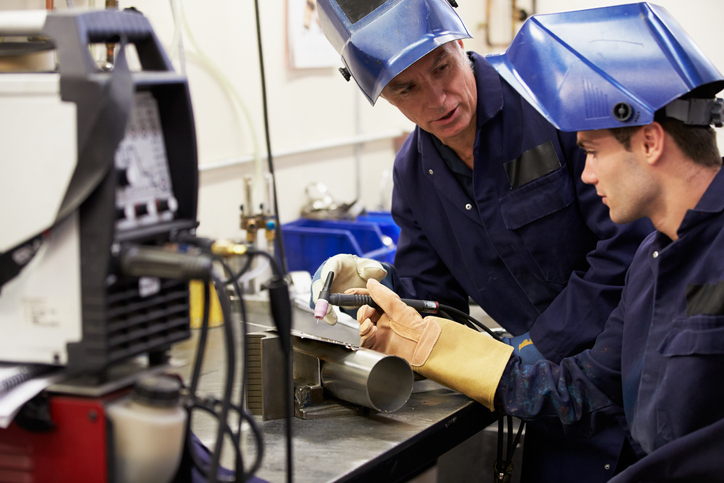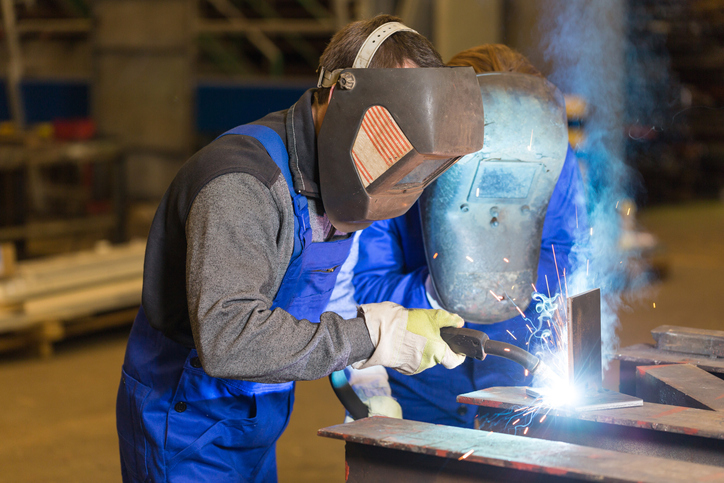Considering Welding Training? A Day in the Life of an Apprentice Pipefitter
December 20, 2022
Pipefitters play very essential roles in the environmental context. They oversee the safe assembly, installation, and maintenance of a building’s pipe systems after studying the building’s blueprints. In addition, they also supervise the safe discarding of debris after every welding job, among other specialized duties.
To execute their duties optimally, pipefitters need to develop a unique set of skills. Some of these skills can be taught–trade schools in Canada offer programs that provide theoretical education. However, mastery of these skills can only be achieved through hands-on experience.
This is why a pipefitter apprenticeship is critical after completing your welding training. An apprenticeship typically lasts between three and five years. It offers a chance to learn the ropes of the trade under the watchful eyes of a veteran before you’re ready to stand on your own.
What do apprentice pipefitters do during this period? Here’s a peek at the daily routines of an apprentice pipefitter.
Apprentice Pipefitters Put Their Welding Training Into Practice
While a good welding program provides students with theoretical and practical learning, an apprenticeship enables them to truly dip their toes into the role, assisting and learning directly from veteran welders while putting the knowledge they learned into practice. The apprenticeship period allows budding welders to truly learn on the job.

Apprentice pipefitters honing their crafts under a veteran welder carry out their learning in the field. Apprenticeships are designed to give apprentices a good idea of what to expect from a career as a welder. To achieve this, greater emphasis is placed on practical education.
What this entails is that apprentice pipefitters are allowed to perform all the duties a veteran welder may be expected to perform, including:
- Testing pipe systems to ensure functionality and safety
- Assembling and securing tubes, pipes, and other fittings
- Installing, troubleshooting, and maintaining piping systems
- Testing installed systems and verifying compliance with industry standards
- Measuring, cutting, and threading pipes to specifications
- Using and maintaining industry-specific tools and equipment
Assist Veteran Welders
As part of their training, apprentice pipefitters assist master tradespeople with specific tasks on jobs. The apprentice may not be tasked with anything particularly dangerous or difficult at first; however, smaller tasks like fetching the welder’s tools, assembling and cutting pipes, and cleaning up the site after a job are part of the apprentice’s role.

With time, as the apprentice develops their skills and confidence, they will be trusted with more specialized duties.
Interact with Customers
As part of their welding technician training, apprentice pipefitters must develop soft skills. Hands-on training takes care of such skills as attention to detail and resilience, but good interpersonal and customer relations skills can only be honed through constant customer interaction. Thankfully, welding training takes care of these too.
On days when they go out on a job with their veteran welder trainers, apprentice pipefitters often serve as links between customers and the welder. They answer the customers’ questions and queries and relay their instructions to the welder.
Interested in training at a reputable welding college?
Contact NATS to learn more about our programs.





